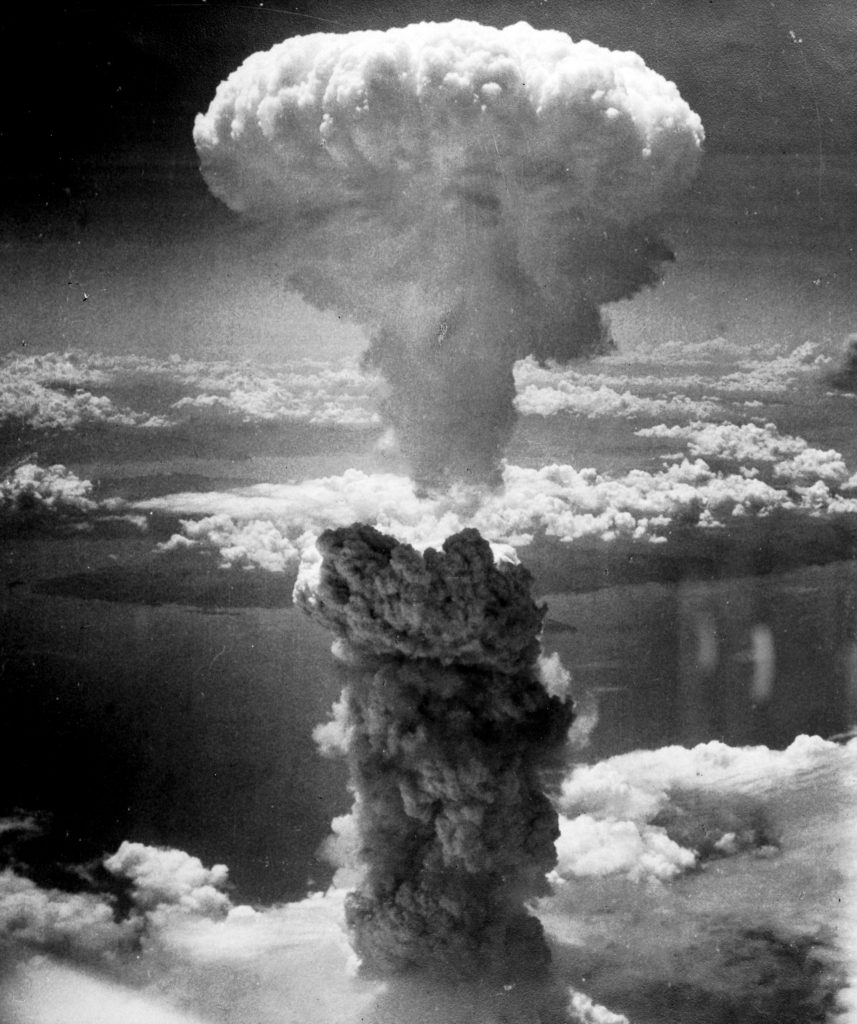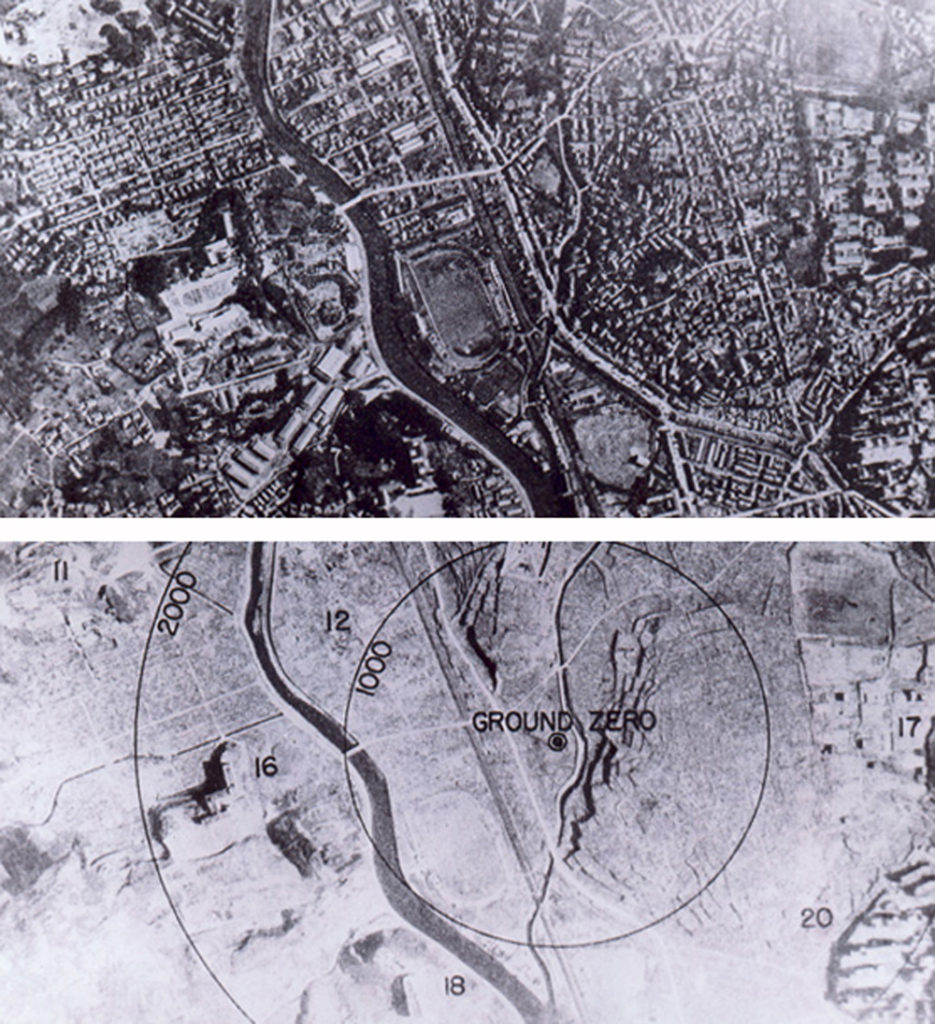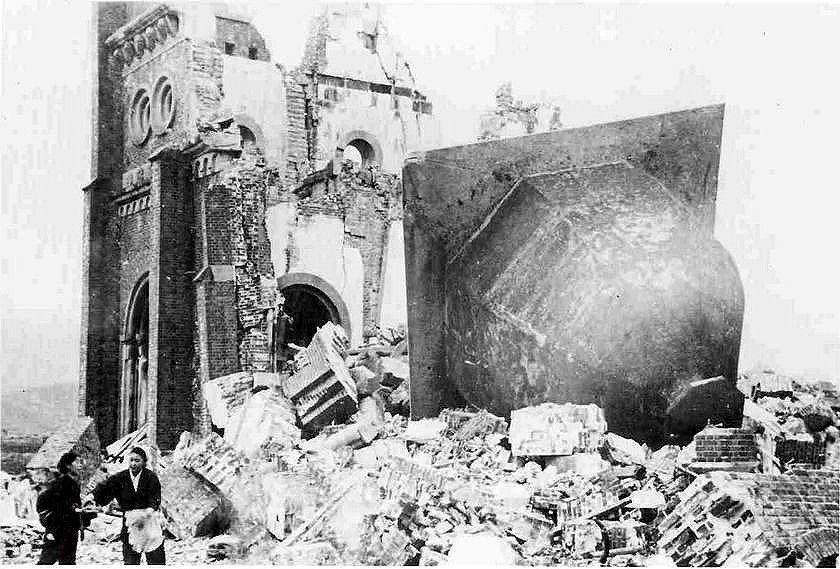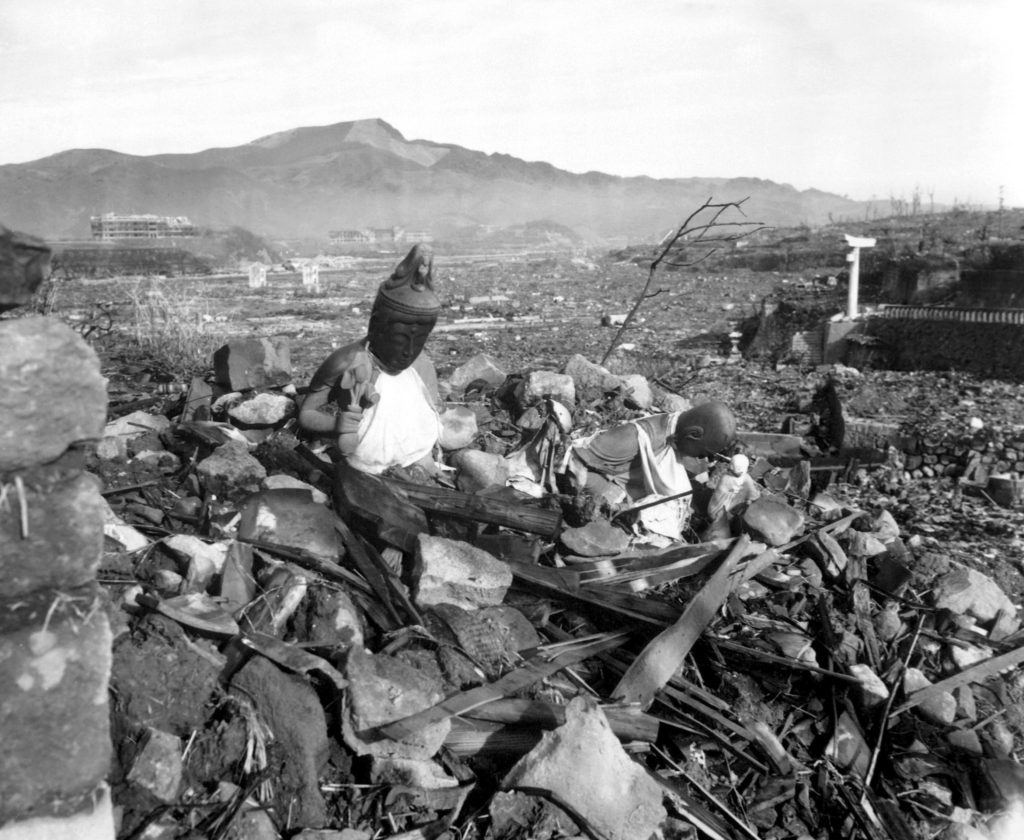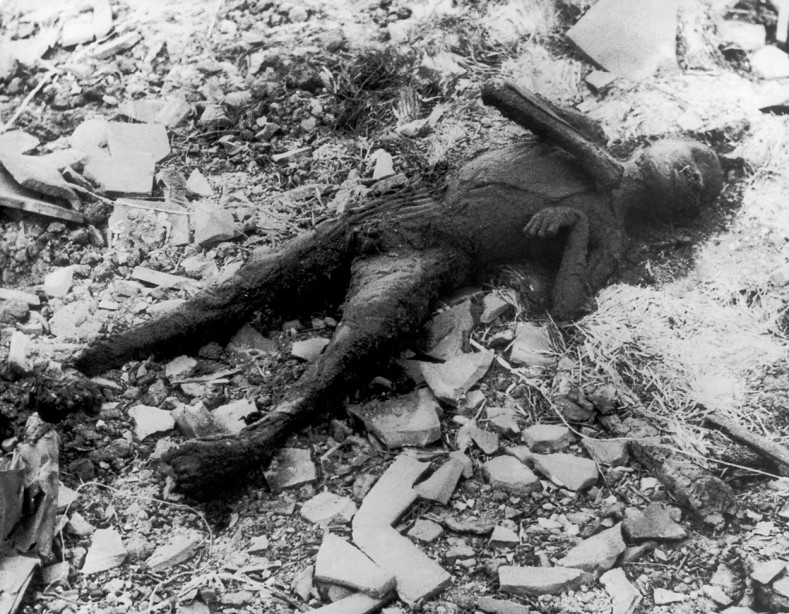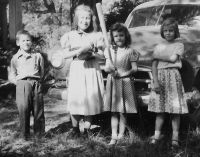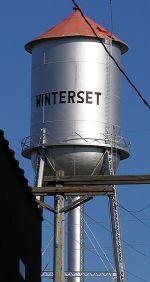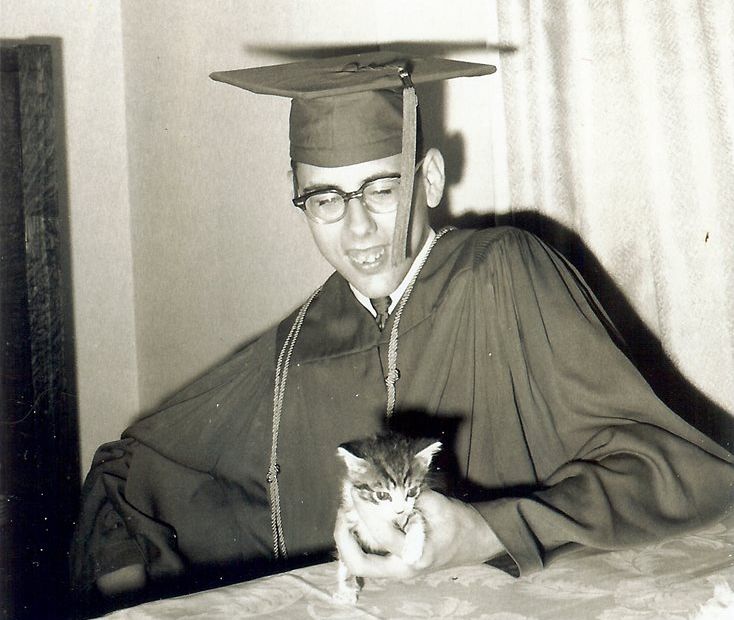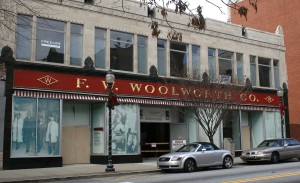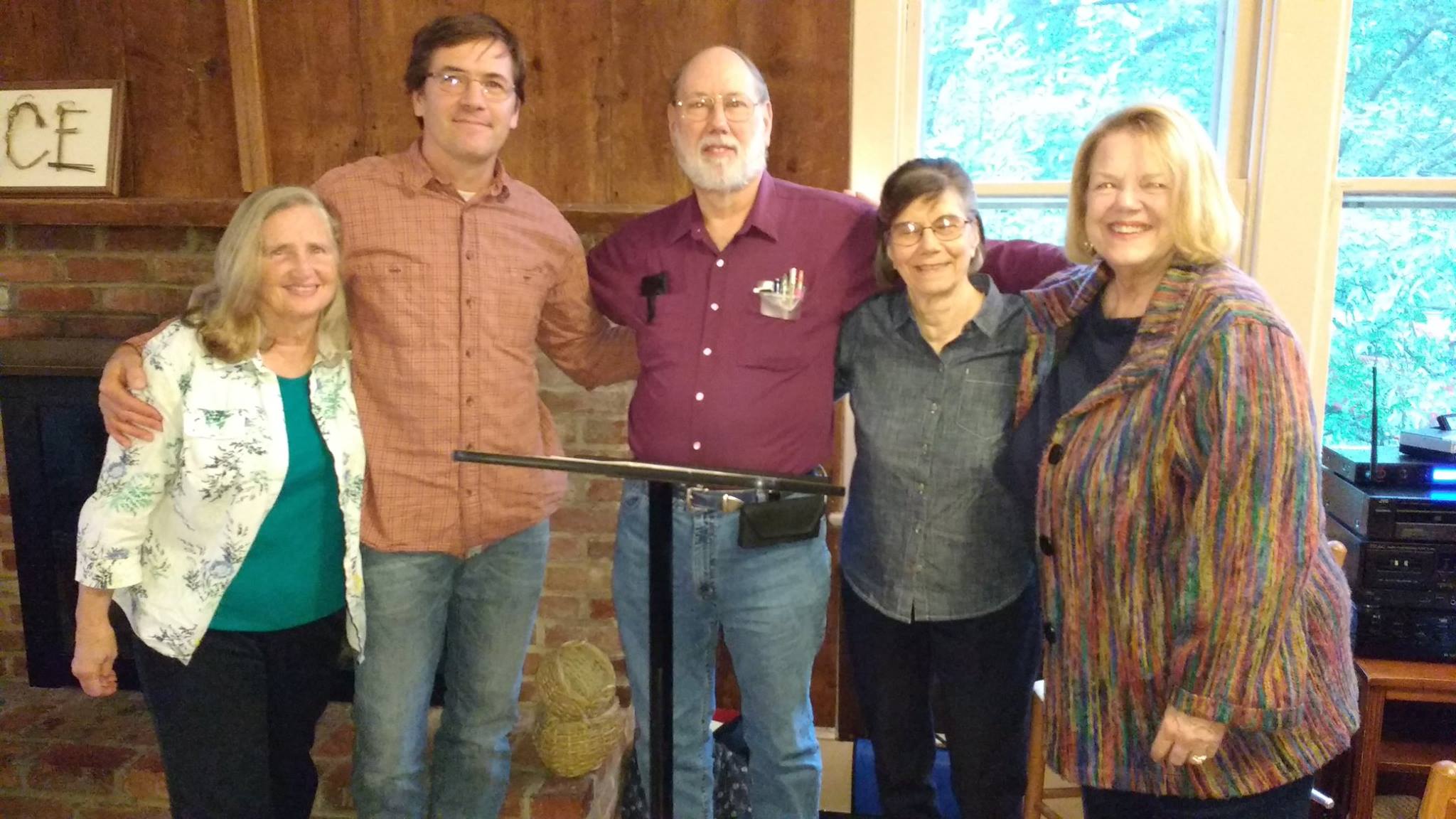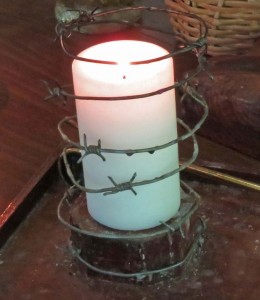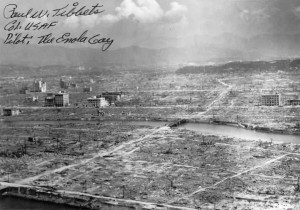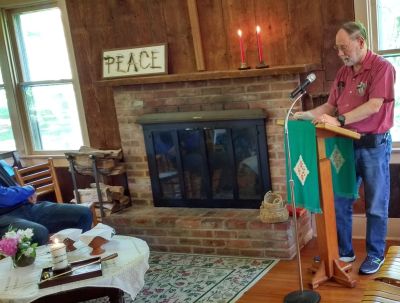NOTE: This is a paper prepared by me (Bill Samuel) in December 1993 (very slightly revised since) as part of my participation in the Spiritual Nurturer Program of the School of the Spirit. It was originally published on a domain I no longer control.
While reading Paul Lacey’s On Leading and Being Led (Pendle Hill Pamphlet #264), I found myself reflecting on my experience of discernment over the years on the issue of abortion. It seemed right that this should be the topic of my first reflective paper.
Earliest Remembrances
I don’t remember thinking about abortion or hearing about it when I was growing up. My first memory related to the abortion issue dates from my college years. Some students in my dormitory put up a sign on their door reading:
ACME ABORTION SERVICE
YOU RAPE, WE SCRAPE
NO FETUS CAN BEAT US
The college administration found this sign so offensive that they put considerable pressure on the students to remove it. However, I don’t remember any discussions of what made the sign offensive or of the abortion issue. Although it certainly illustrates the traditional feminist position (still upheld by Feminists for Life) that abortion is a male tool of oppression, I don’t remember doing much thinking about the issue at the time. However, the fact that I still recall the sign more than a quarter of a century later would seem to indicate that it had a real effect on me at some level.
As a young adult, I was very involved in peace and social justice causes. I identified with the left and was inclined to align myself with the most common left points of view on matters which I had not personally considered in depth. There was a period in which I probably would have tended to say I was “pro-choice” if asked my position on abortion. However, I was not active on this issue and had no strong views.
Influences of Others
During the Vietnam War, I spent a period of time very involved in a 24-hour-a-day vigil for peace in front of the White House started by New York Yearly Meeting of Friends (Quakers) and later turned over to a local group calling itself the White House Daily Meeting of Friends. The vigilers were my closest friends. I respected the spiritual wisdom of several of the vigilers, and they affected both my spiritual outlook and my views on issues.
One day, a couple of vigilers went off on an errand and didn’t come back for some time. When they came back, they explained why they had been gone so long. Their route had taken them past the office of the Papal Nuncio. A group was demonstrating there against the position of the Roman Catholic Church on abortion. My friends felt compelled to counter-demonstrate. They found some cardboard, made some signs, carried them and engaged in dialogue with the original protesters.
Until that time, I had not known the position of these friends on abortion. Their deep conviction that abortion was contrary to the will of God brought me to seriously consider the issue for the first time. I found that other vigilers whose spiritual wisdom I respected had the same conviction on abortion. This was a key test for me. How had God moved those whose lives demonstrated their trust in the Divine Source?
The position of these friends was what has come to be known as the “seamless garment” or “consistency” perspective. They held that all life was sacred in God’s eyes, and that all taking of human life (most took it further than human life, and were vegetarians as I had always been) was wrong. Therefore, war, capital punishment and abortion were all evil for the same reason. This view of the Friends’ peace testimony made sense to me. Vigil leaflets, which I prepared in consultation with other vigilers, began to include a section on abortion.
After being developed initially through the influence of those to whom I looked for spiritual guidance, my pro-life abortion position has been confirmed repeatedly through this test of the religious convictions of others. I worked for several years in the Legislative Office of the Women’s International League for Peace and Freedom (WILPF). There came a time when WILPF members began pressing for the organization to work for abortion rights and abortion funding. Our little staff of three – one active Jew, one disillusioned Catholic and one Friend – discussed this in a staff meeting. We found that all three of us felt for religious reasons we could not do such work for the organization.
I was also active for several years in the war tax resistance movement. As the alternative fund movement grew, our local group began to consider starting a local fund. I discussed this with one war tax resistance activist whose way of life exemplified her religious convictions. She told me she wasn’t sure if she could participate, because she feared such a fund might give money to abortion clinics. “I have the same problem with abortion that I have with war,” she told me.
I have had several friends whose position on abortion has changed towards a pro-life posture as they have spiritually grown. Usually this has come to a surprise to them. Their experience has been confirmed for me through the results of a poll I saw recently. The poll showed that, regardless of religious affiliation, people were more likely to take a pro-life stance the more active they were in their religious faith.
Although these incidents demonstrate the reinforcement of my pro-life position by others whose lives seem to me to demonstrate faithfulness to God, it is also true that many people with whom I share much spiritually have a different position on abortion. But in discussing the issue with them, their arguments have never seemed to me to be fundamentally spiritual. They start with a deep sense of identification with women with “problem pregnancies” and/or with “unwanted” children – an identification that rings true with me as exemplifying Christ’s own identification with the “least of these.” But this does not separate them from my pro-life friends, who have the same deep compassion.
The difference, as I have discerned it, is in the broader spiritual context. My pro-choice friends basically seem to accept the world’s assumptions about “unwanted” children and women’s options. My pro-life friends reject these assumptions, assuming that God can redeem any situation. The fact that in our human wisdom we can not see any “way out” for women in very difficult situations or any concrete possibility for a good life for the children is simply unconvincing to my pro-life friends and to me. My faith that God can redeem situations that seem hopeless from a human point of view is strengthened by my reading of many examples in the pro-life press.
I also see a parallel to the issue of war and peace. Serious arguments for violent responses to real problems come not from a love for the response, but from deep concern for the problems the response attempts to address. One can make good human arguments that military action is needed to counter the evil deeds of an Adolf Hitler or a Saddam Hussein. People who make these arguments usually have no love for war, just as most pro-choice people have no love for abortion. While one can always make human arguments against any particular military action, these have never been as convincing to me as the spiritual arguments. The Friends’ peace testimony is not based upon a worldly analysis of what works.
The Lesson From My Own Life
Another way I discern is by looking at how God has worked in my life. The story of how I came into this world definitely influences my position on abortion. When I was a fetus, the doctors were convinced that were I to live, I would be severely handicapped, both physically and mentally. My mother also had severe medical problems at the time of my birth. However, I turned out to be a very healthy baby, with no evident handicaps. My mother has lived an active life for decades since my birth. This demonstrates for me that what doctors or other experts “know” is not necessarily the truth. Our human understanding is always limited. And God’s ability to redeem any situation is not limited by scientific laws. My mother’s turning me over to God while I was in her womb made all the difference.
The arguments that abortion is justified in certain instances rest on assumptions based on human understanding about what will happen if abortion is not chosen. What the story of my life tells me is that these assumptions fail to account for the ways God can work. This lesson from my own life is confirmed by many stories I have heard and read of others.
The Test From Scripture
I believe it is wise to test our understandings with the written record contained in scripture. I recognize this is not easy and straightforward. Scripture does not speak directly to a current situation and may not say anything explicitly about certain issues. It is subject to interpretation, and we can easily mislead ourselves by twisting our interpretation of scripture to the desired result. Nevertheless, it provides a key reference point.
My own view of the Bible is that it is a record written by people inspired by God, filtered through their languages, cultures and experiences. The Bible also reflects a growth in understanding of how God works among us, and the New Testament reflects a fuller understanding than the Old for the most part.
In seeking to understand God’s will on any matter through the scripture, we should avoid over-emphasis on one or two brief verses. Rather, we should look for the themes that run through the Bible, particularly through Jesus’ teachings and the early church’s understanding of the Christian message. We then apply scriptural principles to a particular matter. In using a particular text, we should examine whether our application of the text to the matter at issue is consistent with the central themes of scripture. And, finally, we must seek and test scriptural understanding with the Spirit that brought forth the scriptures, as Quakers have particularly emphasized over the years. Prayer is fundamental to the right use of scripture.
The Bible does not have any direct references to abortion. The scripture that comes to me when I prayerfully consider abortion is “…as you did it to one of the least of these…you did it to me.” (Matthew 25:40, NRSV) This text is reliable as it is simply one of the most graphic statements of a theme that is repeated over and over in scripture. And it seems clear to me that an unborn child is a prime example of one of the least of these. The unborn child is powerless and dependent. An unborn child with severe genetic defects, a prime candidate for abortion, is particularly one of the least of these. My understanding of this scripture as applied to abortion is that each abortion is, in some sense, a crucifixion of Christ.
The various lists and references to the “least of these” in scripture do not include the unborn child. But I don’t believe the Bible attempts to exhaustively provide such lists, so this does not indicate to me that including unborn children is stretching the meaning of the Biblical references.
There are several scriptural references to God’s work with us before we are born. “For it was you who formed my inward parts; you knit me together in my mother’s womb.” (Psalm 139:13, NRSV) “Before I formed you in the womb I knew you….” (Jeremiah 1:5, NRSV) The story of Jesus’s birth exemplifies God’s love and knowledge of us before we are born. Jesus was conceived by an unmarried woman in humble circumstances; a situation that might justify abortion in many modern minds.
The theme running through this paper of God’s understanding being different than human understanding is a major Biblical theme. “God’s foolishness is wiser than human wisdom….” (1 Corinthians 1:25, NRSV). We are called in live in Jesus’ “upside down kingdom.”
Friends (Quakers) and the Bible
Concluding Reflections
My own wrestling with the issue of abortion over the years has been important to my spiritual formation. It has led me to a position that is in contrast to that of many around me. Therefore, it has stimulated me to reflect on discernment, on the fundamental principles of my faith, and on my own faithfulness to God’s call when it is easier to be silent or complicit in what I inwardly believe to be wrong in the sight of God. It has led me to focus on some key questions. Who is really in control? In whom (or what) do I put my faith?
2025 Postscript – I want to highlight two books that came out long after I wrote this paper. Both deal with the understanding of pre-Constantinian Christians about violence, covering a variety of forms of violence, including abortion. They reflect that early Christians consistently held that the teachings of Jesus forbade Christians from participating in any form of killing.
Consistently Pro-Life: The Ethics of Bloodshed in Ancient Christianity by Rob Arner. 2010, Pickwick Publications. This is based on a thesis prepared by the author. He read everything he could find from the Early church fathers, and found their views of violence entirely consistent with each other and reflecting what we today call the consistent life ethic.
The Early Church on Killing: A Comprehensive Sourcebook on War, Abortion, and Capital Punishment, edited by Ronald J. Sider. 2012, Baker Academic. This book provides quotes translated into English from early Christian writers. It also includes some other source material, such as archaeological finds.
